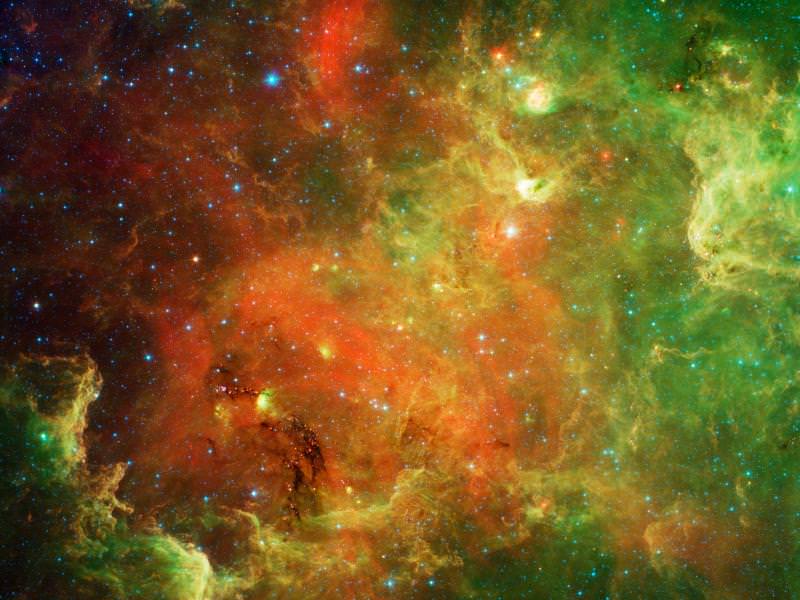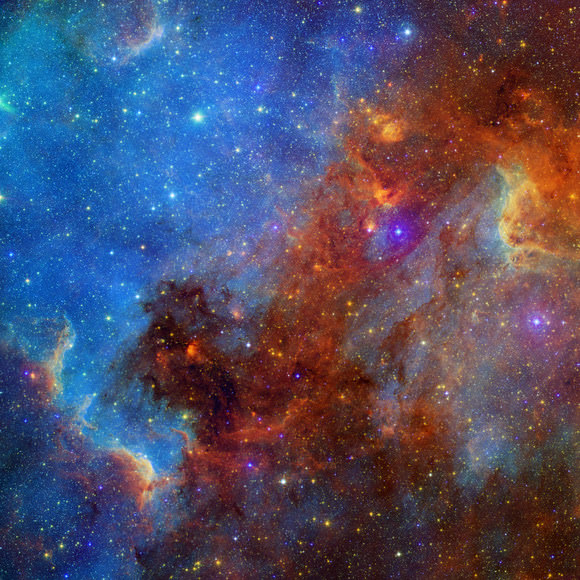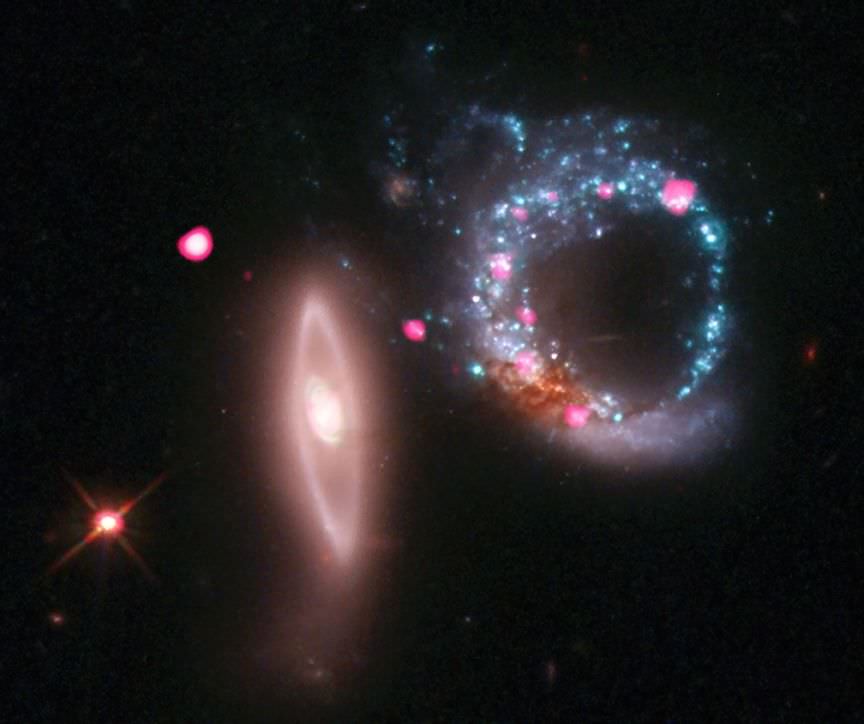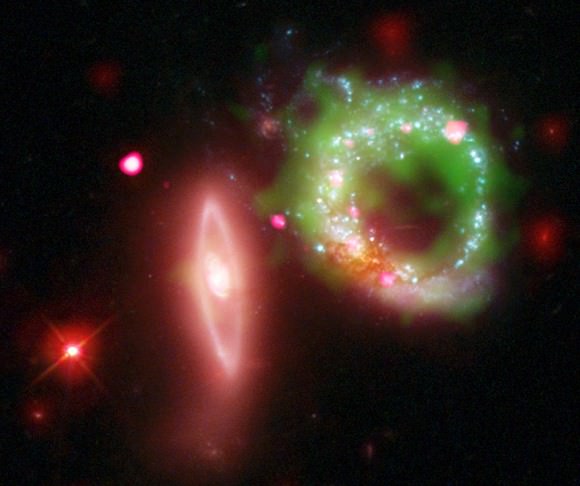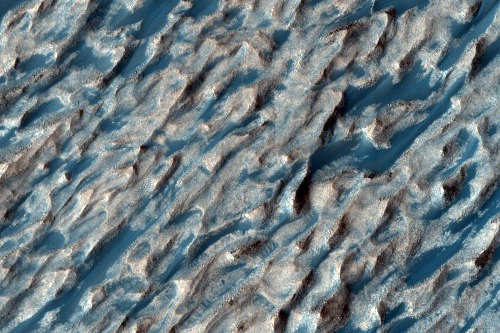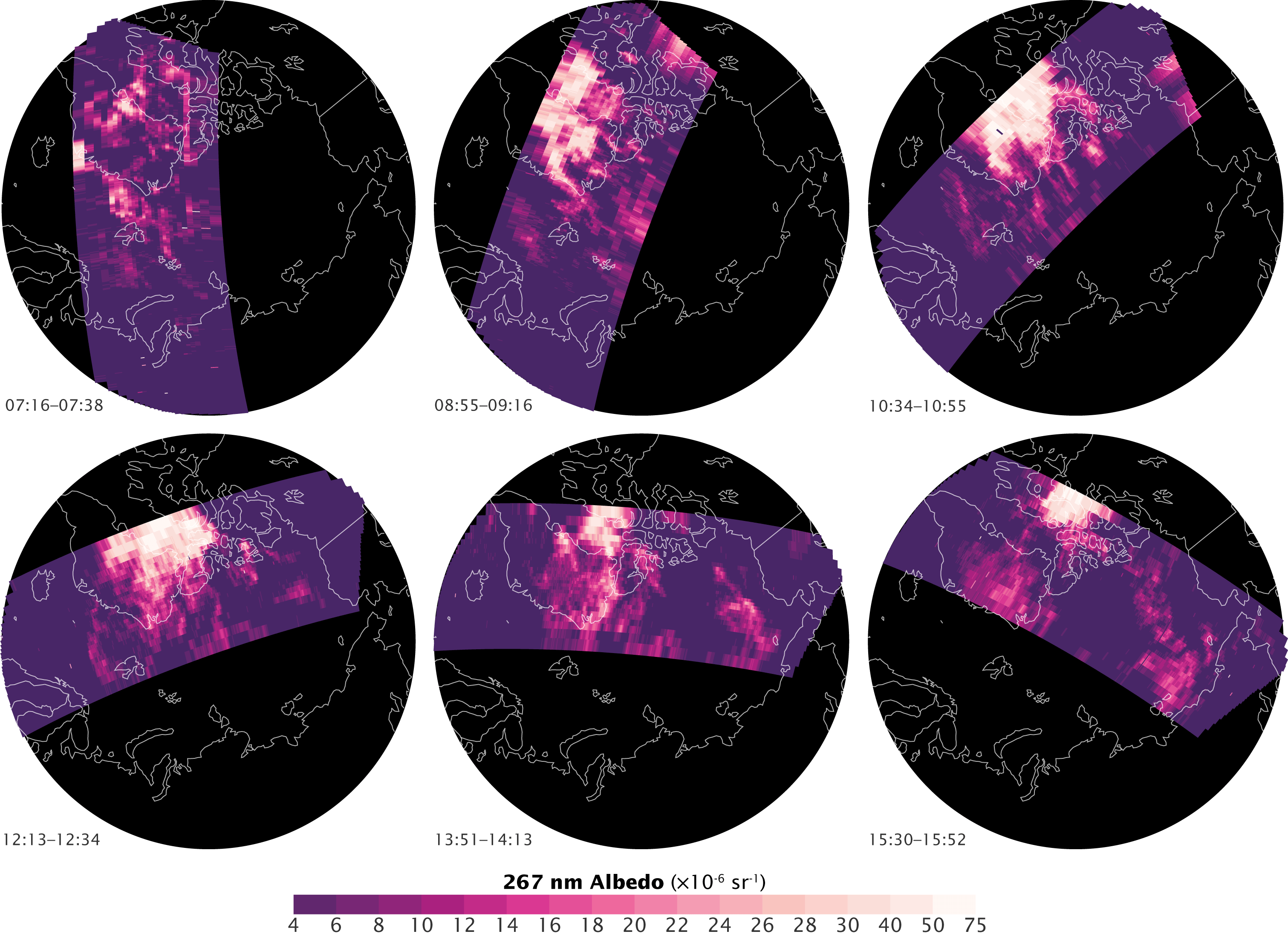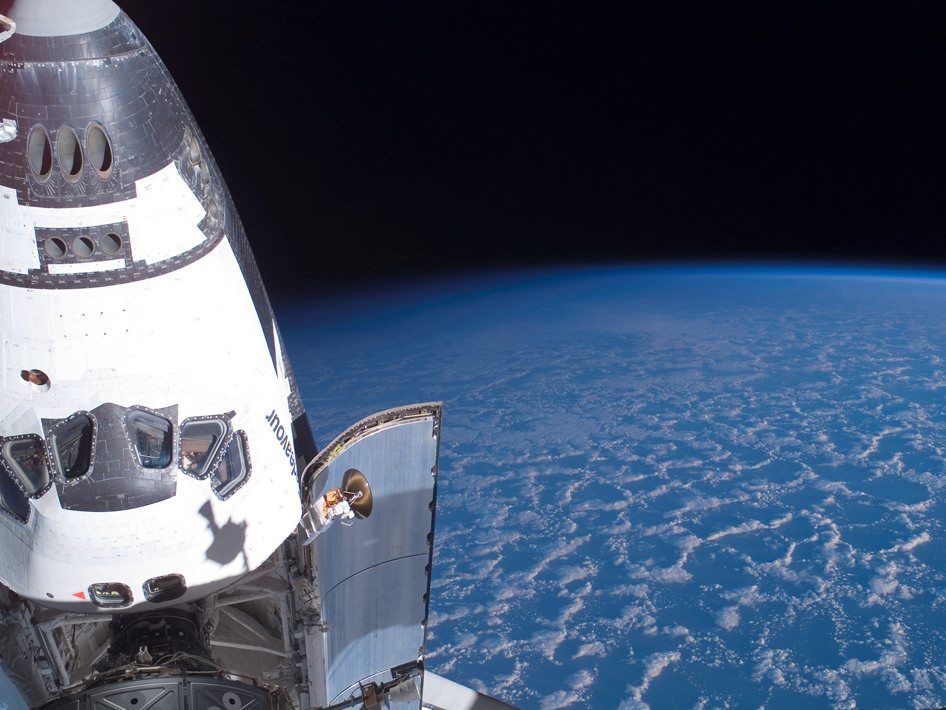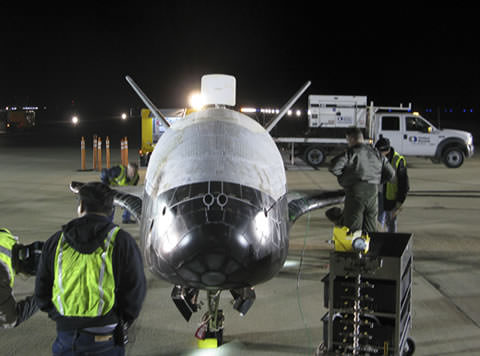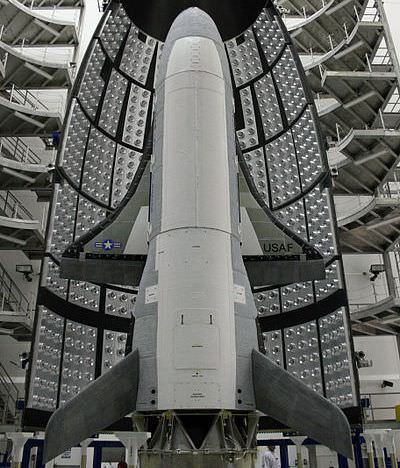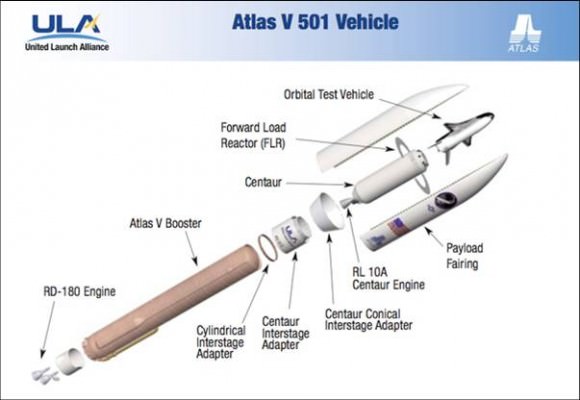Looking for something spacey to do this weekend? If you live near either Houston, Texas or San Diego, California, you’re in luck, as both cities are hosting a SpaceUp conference – but anyone from anywhere can also attend either event online. SpaceUp is an “unconference,” where participants decide the topics, schedule, and structure of the event. But there will also scheduled events and a chance to talk with commercial spaceflight representatives and even an astronaut.
At unconferences like SpaceUp, everyone who attends is encouraged to participate by giving a talk, moderating a panel, or starting a discussion. It’s like “hallway conversations” turn into full-fledged topics. But there are also events lined up, and the agendas have now been announced for each conference.
Houston’s SpaceUp conference will be held on February 12-13 at the Lunar & Planetary Institute (LPI). Organizers say the conference “will include the rare opportunity to interact with the companies and people creating the future of spaceflight. Commercial spaceflight companies in attendance will include Boeing, United Launch Alliance, ATK, SpaceX, Sierra Nevada, and Orbital Sciences. NASA representatives will also be on hand to demonstrate moon rocks, a NASA Space Exploration Vehicle and astronaut Clay Anderson will discuss using social media to communicate his spaceflight experiences to the world.”
Attendees will have all weekend to interact with scientists, engineers, developers, designers, musicians, and students interested in guiding the future of spaceflight. Children are free with the purchase of an adult ticket and are encouraged to attend. Breakfast and lunch will be free on both days and snacks will also be provided.
The event will be livestreamed on February 12-13 at http://spaceuphouston.org. You can purchase a special online package where you can get some of the “swag” associated with the conference.
For the San Diego event, the San Diego Space Society and the UCSD Astrophysics Club are hosting their event at The Loft at UC San Diego, with a similar format.
Kids have their own activities and are free with a parent registration. The event will be livesteamed at SpaceVidCast.
Learn more about SpaceUp San Diego at this link.
Future SpaceUp events are planned for Washington DC and Minneapolis, Minnesota.


